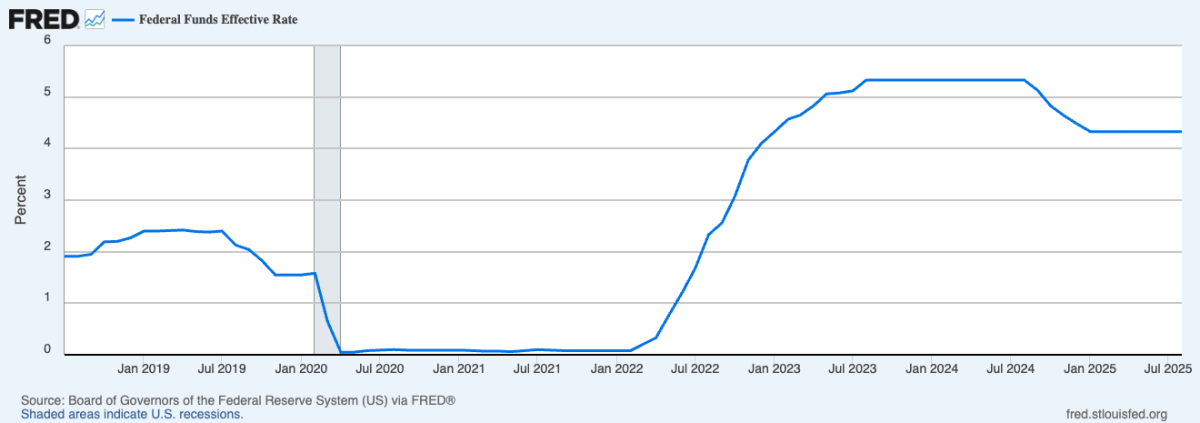Ohio has over 170 hydraulic fracturing (“fracking”) wells. These wells have the potential to establish a renewable supply of natural gas and create jobs. However, gas drilling has been criticized for safety and environmental issues, resulting from earthquakes in Youngstown that are thought to have been caused by drilling wells for fracking wastewater.
Controversy surrounding the issue of hydraulic fracturing involves Ohio’s environment and economy, but also America’s energy future.
Hydraulic fracturing is a process in which great amounts of water, sand and chemicals are blasted into the ground between fractures in the shale, releasing natural gas to use for energy. Hydraulic fracturing is not a new technique; early experiments date back to the 19th century, and large-scale hydraulic fracturing did not become big until the 1980s and 1990s, according to the Energy Information Administration.
Hydraulic fracturing differs from another process, conventional gas production, because it uses shale to limit the amount of natural gas that is lost through gas movement through rocks. Gas drilling areas are located in shale “plays,” or certain areas of shale containing natural gas. Today, areas for drilling stretch from Texas to New York, and include locations in Ohio.
On many levels, hydraulic fracturing is beneficial process. It offers a domestic source of energy for the U.S., opening the possibility for the U.S. to cut money on imports of foreign energy. According to the U.S. Energy Information Association, the amount of U.S. natural gas production is projected to more than double from producing 23% of U.S. energy in 2010 to 49% in 2035. If this projection is accurate, the supply of natural gas in the U.S. is likely to last a while, for natural gas is a renewable resource that is relatively plentiful.
According to the U.S. Energy Information Administration’s Annual Energy Outlook 2011, there is an estimated “862 trillion cubic feet” of “technically recoverable U.S. shale gas resources.” In addition, gas drilling sites have the potential to create jobs for a number of occupations, including truck drivers, subcontractors, and even waiters.
Despite its benefits, there has been outcry against hydraulic fracturing. Environmentalists have claimed that hydraulic fracturing is harmful to the environment, and increases carbon dioxide in the atmosphere. This argument is not without support: a 2011 study by Cornell researchers suggests that the process of hydraulic fracturing may release 7.9% of methane in a well into the atmosphere. This evidence, if true, would show that fracking pollutes the air as well as groundwater.
In addition, hydraulic fracturing not only affects the environment, but humans as well. Recent events suggest that fracking can cause earthquakes. In Youngstown, 11 earthquakes occurred last year near wells used for disposing gas drilling waste. A number of organizations have expressed concern over the safety and environmental issues of the wells, and have pointed their fingers towards gas drilling as the cause of these earthquakes.
Today, hydraulic fracturing is a significant and tricky topic in Ohio. Gas drilling at the Marcellus Shale in Pennsylvania has harmed the area so much that hydraulic fracturing entrepreneurs have turned to other areas to make a profit—such as Ohio.
In the Feb. 2012 State of the State address, Governor John Kasich stated that he supported Ohio gas drilling because it creates jobs, and called for stricter laws to minimize safety and environmental issues. However, before the speech, protestors rallied outside the school where Governor Kasich gave his speech. They shouted “Ban fracking now!”
Kasich stated, “”We cannot let our fears outweigh the potential” of hydraulic fracturing.
While no natural gas wells are present in Beachwood (yet), the issue of fracking is important to both our environment and economy. According to The Plain Dealer, “Permits have been issued for more than 100 wells in Eastern Ohio,” and of these wells, “Permits were issued, but not yet active, for 75 locations.” This large number of wells could increase greatly in the future.
On March 4, Gov. John Kasich introduced his plan for a hydraulic fracturing tax for Ohioans. This tax means that “Over the next five years, based on today’s market prices, Ohio could net between $666 million and $1 billion through the new oil and gas tax structure, with those dollars funneled back Ohioans in form of an income tax cut.”
If the presence of hydraulic fracturing wells in Ohio increases, then Ohio could gain an even greater profit. However, considering the environmental impact of hydraulic fracturing, a challenging question arises: In the long-term, could these wells ultimately be profitable to the pocketbooks of Ohioans, or harmful, in the end, to the people’s health?
Issues like these illustrate that while hydraulic fracturing is not a highly pressing issue currently, it could have serious environmental and economic consequences in the future.















